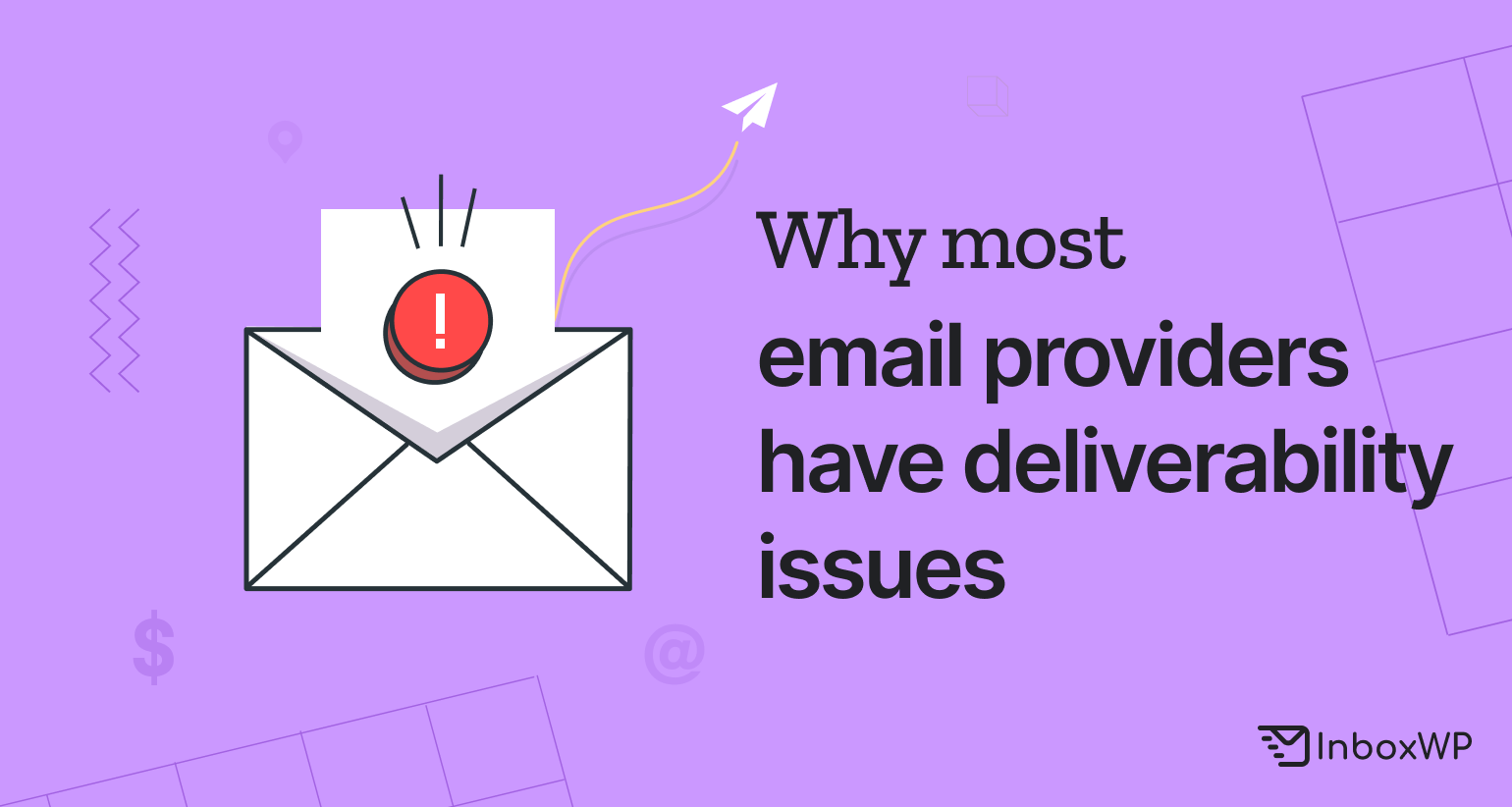You rarely find a marketer who doesn’t suffer from email deliverability issues. If your emails fail to reach your subscriber’s inboxes, the possibilities end there. So, all of us are looking for the right answer to this question – ‘how to ensure the deliverability of my emails?’
Well, finding the right answer isn’t that simple. But you can solve this problem step by step like finding the reasons behind a low email deliverability rate, and then work on them gradually.
This article will show you the foremost reasons for email deliverability issues and the best ways to solve them. So, let’s not worry that much and keep reading.
What is email deliverability?

Email deliverability is a way that helps you measure how your email is delivered to a subscriber’s inbox without ending up as spam or bouncing back to you. Simply put, email deliverability measures how well your ESP (Email Service Provider) passes through the spam filters and recipient’s email server and lands in the exact direction it was intended.
In other words, email deliverability is called inbox placement rate. A high inbox placement rate indicates that your email is being delivered successfully. If you got a low rate, that means you must troubleshoot. According to EmailToolTester, 11% of emails never reach the mailbox due to deliverability issues. And, the average email deliverability rate is 88.9%.
Well, if you are already having deliverability issues, let’s find out why they took place in the first place.
Top reasons that cause email deliverability issues

1. Send from a free domain email address
Well, the very first reason for having low email deliverability is using a free domain to send marketing emails.
Trust and reliability are the biggest issues when you send cold emails. And, as a company, the first sign of your email’s trustworthiness is your email domain.
If you send from a free email address, it will reduce your gravity as a brand. It’s like you are trying to sell a Mcdonald’s hamburger but wearing a Macy’s T-shirt. And the scenario would be fishy even to your subscriber’s recipients’ servers. Following the new DMARC policy, any ISP (Internet service provider) can block any marketing/bulk email using their domain.
So, it should be a big no if you want to send marketing emails with a Gmail, Hotmail, or Yahoo domain. If you do so, for a headstart your emails will end up as spam. Rest is assured to veins.
Say, you are a clothing brand (Its name is Rawbird). If you send an email from this address – [email protected] would look so random and aimless. Instead, you can use this – [email protected] and see how professional it sounds. It will also help your subscribers to differentiate your emails from dozens of others.
Just make sure to use an authenticated domain/ sub-domain that you own and your user would appreciate.
2. Using a single-optin
A single-optin is one of the best ways to grow your email list. It’s the process where potential subscribers don’t need to go through a second step of confirmation or verification after signing up for your site or newsletters.
However, it’s pointless to run faster but blindfolded. Single optin is quite similar to that. It will make your list bigger, but a lot of bots, fake addresses, and spammy stuff going to make it unbearable to any ISPs.
So, usually, a single optin process affects your domain reputation, and then it will cause a high risk for your email deliverability rate.
Here’s how the whole thing work between single optin vs double optin –
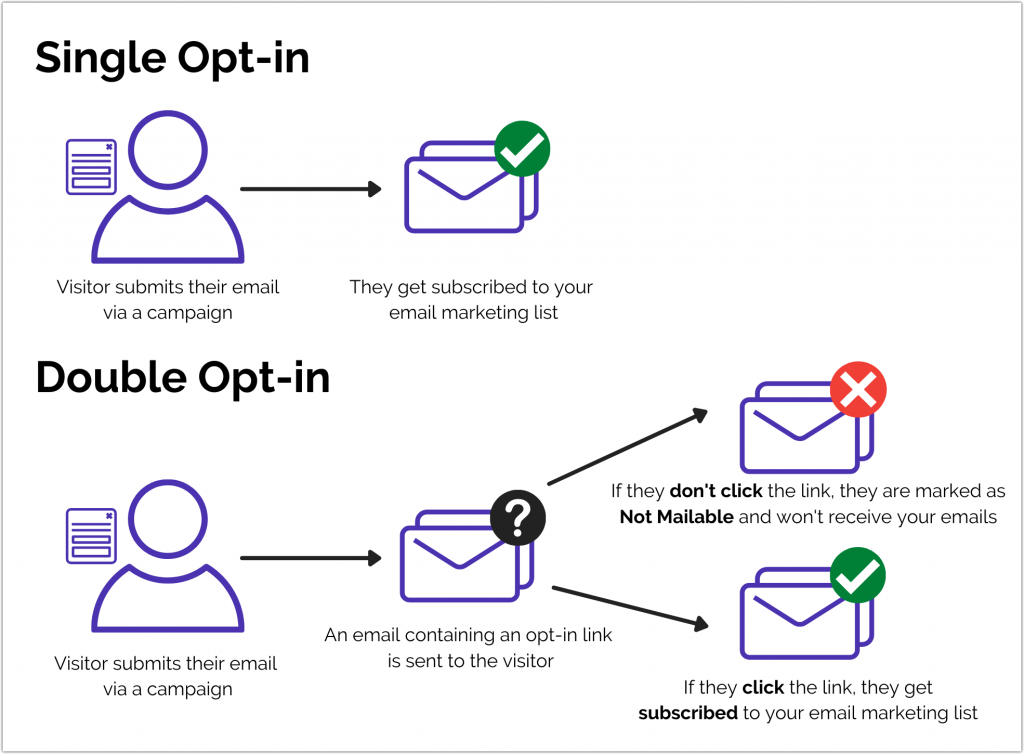
The best way to get rid of this problem is going for double optin to generate your email list.
As you see in the above image, the double option requires a second confirmation from the subscriber’s end after the sign-up.
3. Buying an Email List
A wrong notion even before you take a wrong step can eat up the possibilities. Buying an email list is one such wrong notion in marketing.
Many people mistakenly think buying a good quality or rich email list can give them a headstart when start sending marketing emails. Though, this is not how email marketing works.
Say, the people on the list you purchase are well-active, and it did well for other businesses. But there’s no guarantee it would do the same to you. Because those people don’t give you permission to send emails, they will be totally blank when they receive your marketing emails.
In this kind of scenario, there’s a high risk that your email will be flagged as spam, and if it happens repeatedly, your sender’s reputation will go down as water.
So, the best way to keep a good email deliverability rate, you must stay away from buying an email list. And go for creating an email list from scratch. The process may take time and effort, but eventually, you will be able to get a high deliverability and conversion rate from a healthy email list.
The best way to create an email list need the following –
- A suitable email marketing platform
- Utilize the simplest but most attractive optin forms
- Give better incentives or good reasons to sign up
Here’s a great example of generating an organic email list from scratch. Gemma Bonham-Carter used these ‘Launch email swipes’ for her course launch, and get an extraordinary result.
Look at the first optin. Where she uses some offers any interested niche people can get hooked.

And, here’s the second optin that guides users to subscribe –
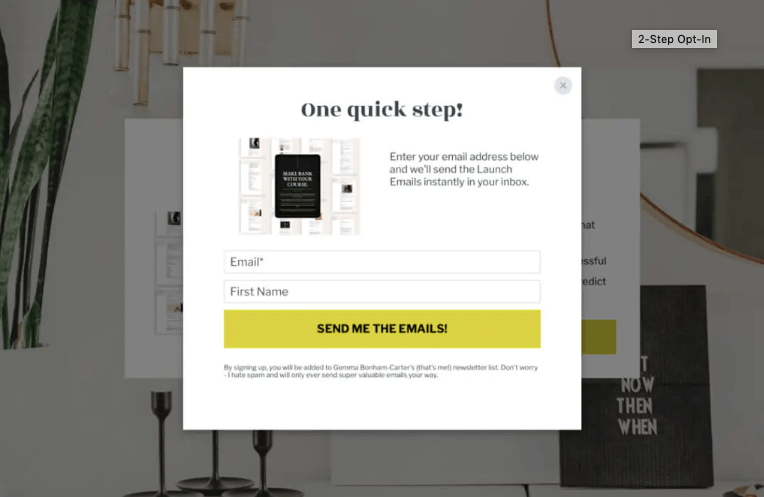
You too can use such techniques to create an impeccable email list.
4. Leave your subscribers in the dark
After someone subscribes to your newsletter, it means he/she is interested in your product, and expects your action towards their benefits.
So, whenever you get a subscriber, your immediate job is to send a welcome message and keep the flow going with regular email interactions until conversion. And, when you convert someone, you must send emails to retain him/her for sustainability. It’s always more beneficial to retain customers than acquire new ones.
However, many marketers often took time to send the first emails. This leaves a subscriber in the dark. Taking too much time to send the first email impact your deliverability, and often end up with a heavy unsubscribe rate.
Here’s a thank you email example from Kate Spade –
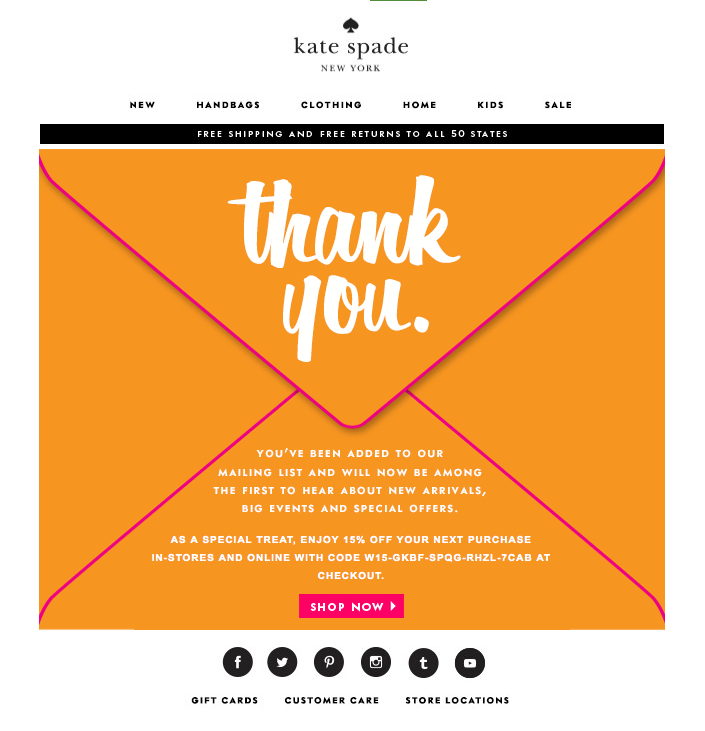
You can send this type of welcome email and keep your prospects warm and engage them to make better decisions.
5. Missing SPF, DKIM, and DMARC
To ensure healthy email deliverability, authentication is a must-have. SPF, DKIM, and DMARC are the basic security protocols for emails and if they are OK, then it will make your email authentic to the recipient’s server.
Sadly, missing SPF, DKIM, and DMARC can be a big reason for having trust issues in the sending and receiving process. And, it will lower your email deliverability.
Sender Policy Framework (SPF) verifies the sender’s identity by listing authorized servers and IP addresses that can send emails on your behalf. An email from an unauthorized source will be flagged as spam, improving your domain credibility.
Here’s how SPF (Sender policy framework) works –
- It verifies the sender’s identity.
- To do this, SPF creates a list of authorized servers and IPS (your sender IPS)
DKIM (DomainKeys Identified Mail) enables you automatically sign the emails as a domain owner. It’s similar to signing a check to authorize its identity.
Besides that, DMARC (Domain-based Message Authentication Reporting and Conformance) signals your receiving email server the needful steps after checking SPF and DKIM. DMARC policy can set a wall that can block your emails if they lack SPF and DKIM authorization.
So, if you missed complying with any of these protocols, you will have email deliverability issues.
6. Skipping email verification
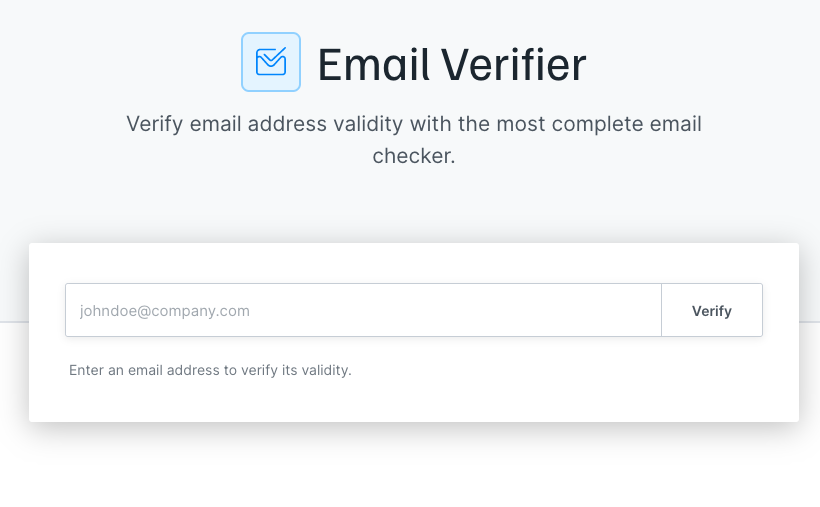
Email deliverability not only depends on your sending authenticity. If your email list is full of unverified email addresses, your bounce rate and deliverability both can be harmed. Skipping email verification would be a mistake in that case.
The best way to get rid of this situation is to verify all the email addresses in your cold email list. The job is not that hard as you could use an email verification tool now.
Some of the best email verifiers are – Hunter.io, MailerCheck, Clearout, etc.
Once the tool lets you mark all the email addresses in your list which aren’t verified, you should remove them from the list immediately. That’s how you can improve your deliverability rate.
7. Using too many elements in email design
Most of the top brands use images in their emails, and a vivid or engaging visual can be very helpful to convey your message and attract users quickly. As it is proven that images work faster than words in our brains.
On the other hand, a flat email only with words can be boring. So, you can go for interactive visuals. But there’s a caution – using too many elements in your visuals can go wrong. And your email may look spammy.
So, whether you go for using a photograph, illustration, GIFs, or videos in email, your game is to use them strategically.
Take a look at this email from Patagonia, an organic fashion brand. They smartly use a trailer of a film they have made for their audience –

In this email, if they have added one or two images, it would be clumsy. So, be careful about that. If you added too many visuals, the receiver’s mail server can mark your sender address as a fishy one, and your deliverability could go downwards.
Closing Up
Having a low email deliverability rate can harm your brand’s overall impressions of customers. So, it is better to understand why you are having them and try to solve them as soon as possible.
We believe we’ve discussed the main reasons and you can easily get rid of this trouble if you are careful.
If you have further questions regarding email deliverability issues, let us know and we keep updating the blog. Cheers!
